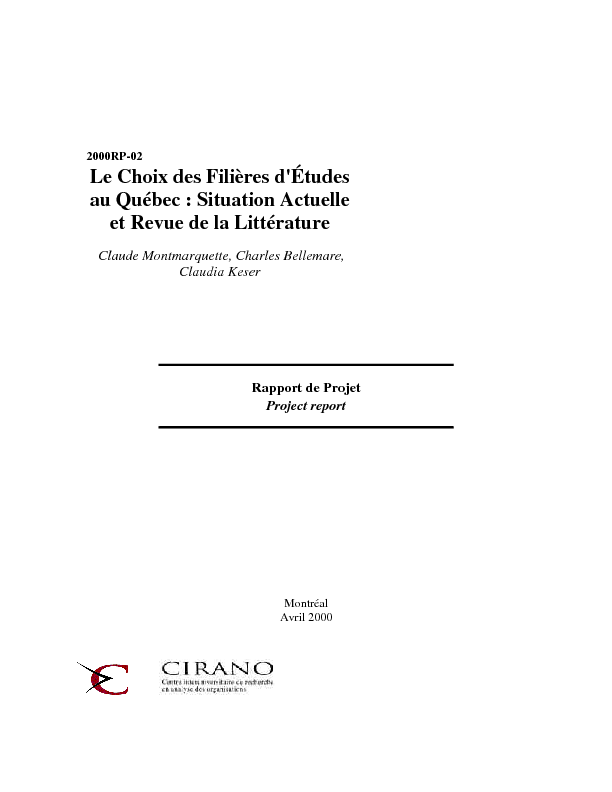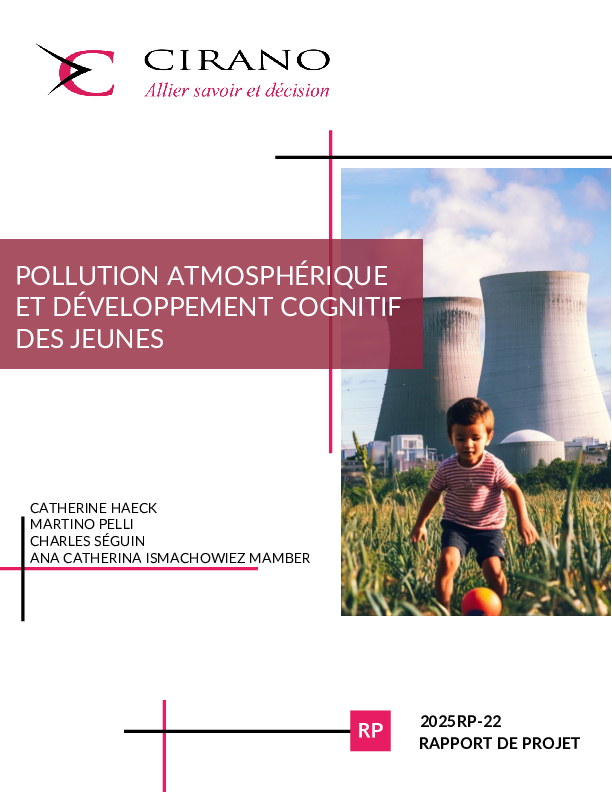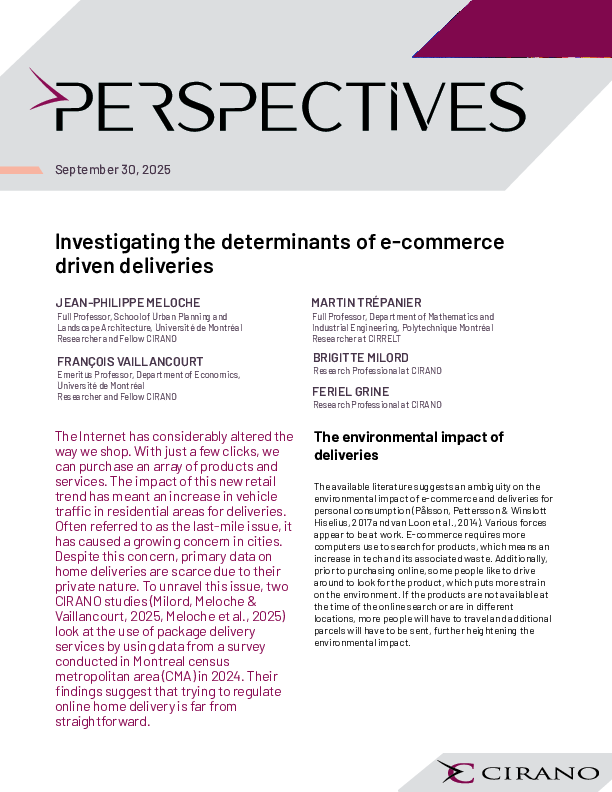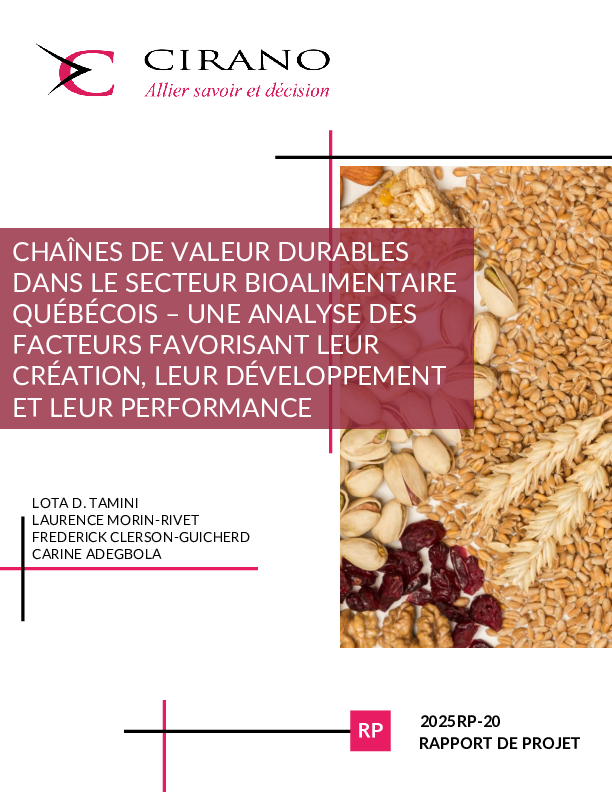Le Choix des Filières d'Études au Québec : Situation Actuelle et Revue de la Littérature
In this paper, we have examined the over-representation of women in the university sector as a whole and their under-representation in the pure and applied sciences. Paving the way for concrete responses, our overview of the economic literature examined the determinants of university students' choice of fields of study. It was found that students who faced multiple choices of study disciplines discriminated between programs based on anticipated income differentials, the likelihood of finding employment, the atrophy of knowledge in science, and the value of some degrees that facilitate the transition to higher education. Although these variables significantly explain the choice of students' programs of study, a significant residual portion of the gender gap in choice remains unexplained. We suggest that a number of idiosyncratic preferences of women and men could explain this residual portion, but that data on student preferences in Quebec were not available in the current survey. To fill this gap, laboratory experiments currently underway at CIRANO will soon shed substantial light on risk aversion and the distinctive degree of cooperation between men and women. We believe that these two factors play an important role in students' decision-making processes and their measurement, in addition to enriching current educational knowledge, would pave the way for the development of policy interventions.




